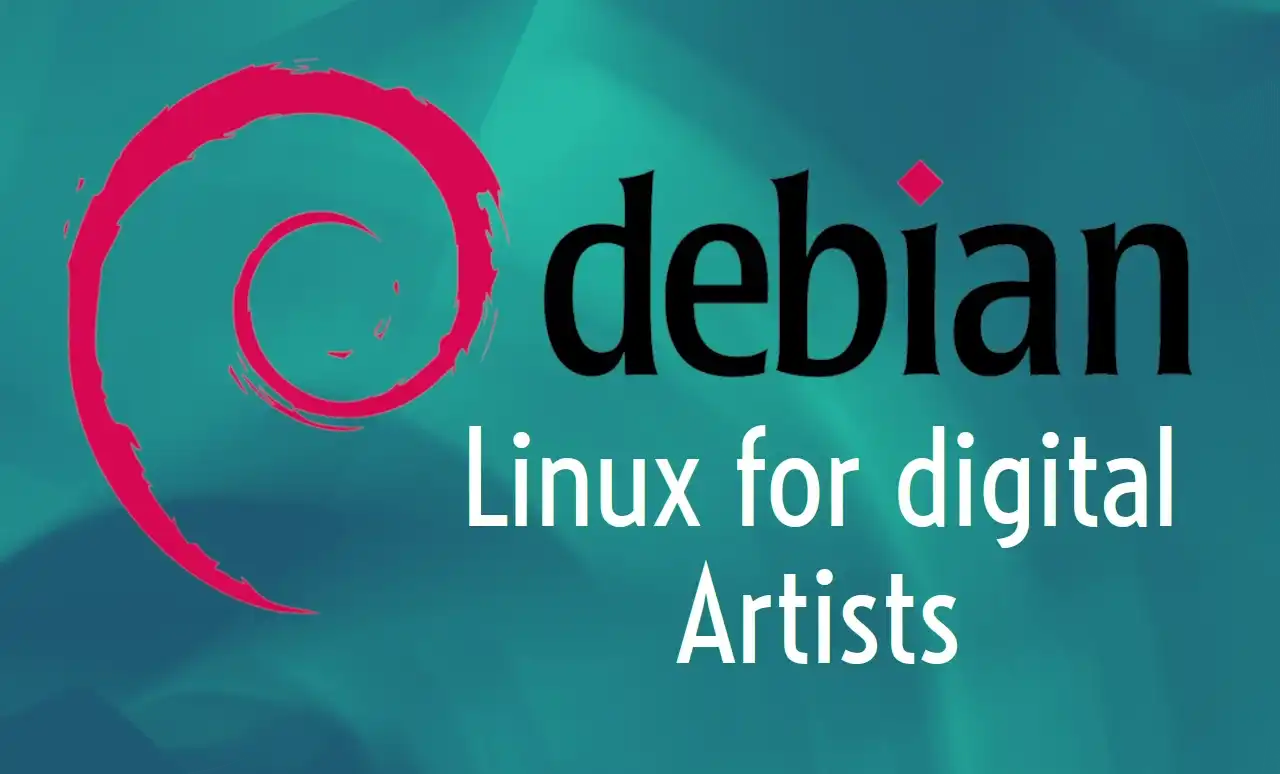The Jump to Open Source
By Juan Camilo Prada -
Ever since I joined the university for my Systems Engineering studies at Bucaramanga, Colombia, I've been a user of Linux. I started with Ubuntu Linux and after trying many other distributions throughout my university life, I ended up settling for two different flavors. Fedora Linux and OpenSuse.
Back then, digital art was out of my reach as it required equipment I could not afford and still, software like Adobe Photoshop or Corel Photopaint were not available in my operating system of choice. Software like GIMP although very capable, was still not a full replacement for all the features that proprietary alternatives had.
Things remained liked this for me for a while and after some years, I resigned to the idea of making art digitally and would only do the traditional pen and paper type of art.
As time went by and I got to earn money of my own, I thought it was the time to try digital art for the first time. I bought a not so expensive Pen Display and went all full with the digital art. At that moment I was on a "hate" period with Linux. The computer I had would not play well at all with any Linux distribution and so I was kind of forced to use Microsoft Windows. That is when I discovered Clip Studio Paint (formerly known as Manga Studio).
"Love" at first sight... or so I thought
Yest, I loved Clip Studio Paint. It had all the features I wanted and more. I could draw almost as if I was drawing on paper, which, let's be honest, is what everybody wants from the digital experience. It was amazing. My art was reaching places I could never dream of. I was producing more art and had less troubles making it than ever. I tried different brushes, 3D models, patterns, materials, everything and I though "This is the future of my art". Boy, was I wrong.
The inevitable "breakup"
Not too long after I was happy with my digital art setup, things on the proprietary software world started to change. Microsoft decided to make it's operating system a spyware filles, bloated piece of software that would render my still very capable and powefull laptpop useless. Celsys, the company behind Clip Studio Paint, decided to release a new version. (version 2), which meant that at some point version 1 would stop receving updates. And if I wanted to get the latest and greates features from it, I would have to pay for a new license or a new subscription (which seems to be where most software companies are migrating to for their business model).
I was not happy, not happy at all. My laptop, my main tool for art started to behave slow. I was constantly facing issues caused by amount of resources consumed by the operating system. I was left behind in features once version 2.0 was released and even though version 1 was still usable, I culd not really us it well as the operating system refused to play nice with my machine.
The new "Love"

Then I remembered. It was years since I used Linux. I went on to check how was the landscape there and found out that there were great initiatives that were making digital art on Linux, not only possible but also providing features and tools that would rival or surpass the proprietary tools. Projects like Blender, Inkscape and Krita were making digital art in a professional level to be produce using Linux.
The greatest benefit of these tools is not that they are free (and free they are). Is that they are supported by the community. There are artist and people who like and enjoy these tools involved in the production of them. They are constantly trying to make these tools better, new features are being included, and you are not tied to one particular company to get access to them.
Of course these tools have been available for a while, but as I said when I first started with Linux, I was not ready to use them, so I never paid too much attention. To be honest, and to credit the one person who inspired me to fully jump to this, it was thanks to the work of David Revoy and his web comic Pepper & Carrot that I got to migrate.
A new hope
Now although my digital art is fully migrated to open source alternatives, I am still in search for a good publishing platform that is aligned
Yes, I am a happy Fedora Linux user at the moment (I may change to OpenSuse just because I like to check it from time to time). I use Krita as my main art program, and I use several other tools that would support my digital art production as well. Life is good, and the freedom to enjoy the things you like is priceless (kind of an irony considering that this freedom comes from free alternatives in this case). If you are curious about the tools I use, both for traditional and digital art, you can check this page in which I talk more in detail about them.
Share this article on: Mastodon X (Twitter) LinkedIn HackerNews Reddit Email

